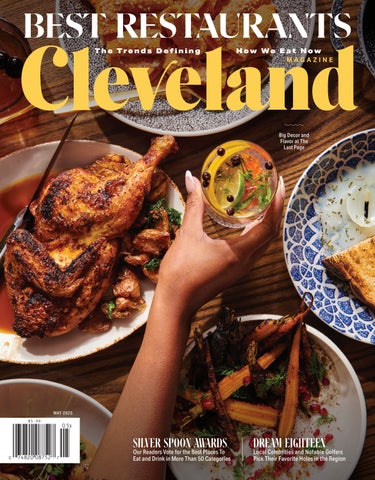
Science, Satire, and Scrutiny: A Logical Examination of Food Additives, Media Impact, and Misinformation
In the era of viral media and digital echo chambers, public perceptions on health and science can be influenced by sources as varied as late-night comedic programs, social media personalities, and well-meaning, though misguided, bloggers. A notable instance of this is the public uproar against the food additive azodicarbonamide in Subway sandwich bread, spurred in part by satirical pieces on The Daily Show and activism from the self-designated “Food Babe.”
As we navigate through these contemporary discussions, we uncover a captivating crossroads of science and society—a context where valid public health concerns often intermingle with alarmism, and where humor and satire can accidentally amplify falsehoods.
A Detailed Examination of Azodicarbonamide
Azodicarbonamide (ADA) came to prominence in early 2014 when public backlash—ignited by a petition launched by blogger Vani Hari (known as “Food Babe”)—prompted Subway to cease using the additive in its bread formulations. Jon Stewart, then-host of The Daily Show, humorously lambasted the inclusion of this “yoga mat chemical” in food, claiming that its dual purposes indicated its danger.
Here’s the twist: ADA is utilized in two quite distinct environments. In the food sector, it acts as a dough conditioner enhancing texture and extending shelf life. Its industrial use as a blowing agent in plastic and foam production has largely raised concerns. However, these are divergent processes yielding different chemical end products.
The U.S. Food and Drug Administration (FDA) states that ADA is safe for human consumption in quantities up to 45 parts per million, which is significantly lower than amounts linked to any negative health impacts observed in laboratory animals. Nonetheless, this additive isn’t vital for creating quality bread, making Subway’s ultimate choice to eliminate it more of a public relations strategy rather than one based on scientific agreement.
Why the “Yoga Mat” Argument Misses the Mark
Opponents of ADA frequently assert that the chemical’s use in non-food products renders it intrinsically unsafe. While concern over additives is understandable, the notion that a substance is hazardous merely because it is found in yoga mats, carpet padding, or industrial plastics exemplifies the naturalistic fallacy: the assumption that “natural” is inherently good and “synthetic” is irrevocably bad.
Consider gypsum: commonly found in drywall yet also employed as a safe food additive in tofu and baked goods. Or sodium chloride—table salt—used in electrolysis to generate chlorine gas, a strong respiratory irritant, yet completely safe when ingested in moderation. The context and dosage of chemicals are far more significant than their names or reputations.
Understanding Epichlorohydrin and Tea Bags
A similar chemical misunderstanding arises in critiques of tea bag materials, particularly the allegations concerning the use of epichlorohydrin, a chemical employed to create water-resistant resins. These polyamide-epichlorohydrin resins help ensure that paper tea bags remain intact during brewing.
Epichlorohydrin is indeed a compound of concern—its structure includes an epoxide ring and a chlorine atom, both contributing to its high reactivity and potential carcinogenic nature in unprocessed form. However, in tea manufacturing, it is integrated into large, inert polymers to enhance durability. Much of the original chemical is consumed during production, although trace contaminants may remain.
This results in the formation of 3-monochloropropane-1,2-diol (3-MCPD), a by-product detectable in parts per billion in brewed tea. 3-MCPD is recognized as a carcinogen in animal studies and is a matter of interest for food safety regulators. The European Union recommends stringent limits on its presence in food, and its risks are worthy of analysis. However, once again, the peril lies not with the original chemical itself, but rather in its applications and processing—nuance often overlooked in simplistic media narratives.
Food Babe and the Limits of “Natural is Better”
The Food Babe’s goal—promoting transparency regarding food ingredients—is not fundamentally flawed. However, her approach often heavily relies on the appeal to nature fallacy and a lack of chemical understanding. Her criticisms of flour conditioners, preservatives like potassium sorbate, and safe vaccines often reflect the idea that if one cannot pronounce an ingredient, it should not be present in one’s food.
For instance, her aversion to polylactic acid (PLA) tea bags because they are derived from genetically modified corn contradicts her stated ecological concerns, despite PLA being biodegradable and more desirable than synthetic plastics like nylon.
Understanding science is crucial in this discussion. Ethylene glycol (a toxic element of antifreeze) is not the same as propylene glycol (a generally recognized as safe additive used in food and pharmaceuticals). Potassium sorbate, criticized by